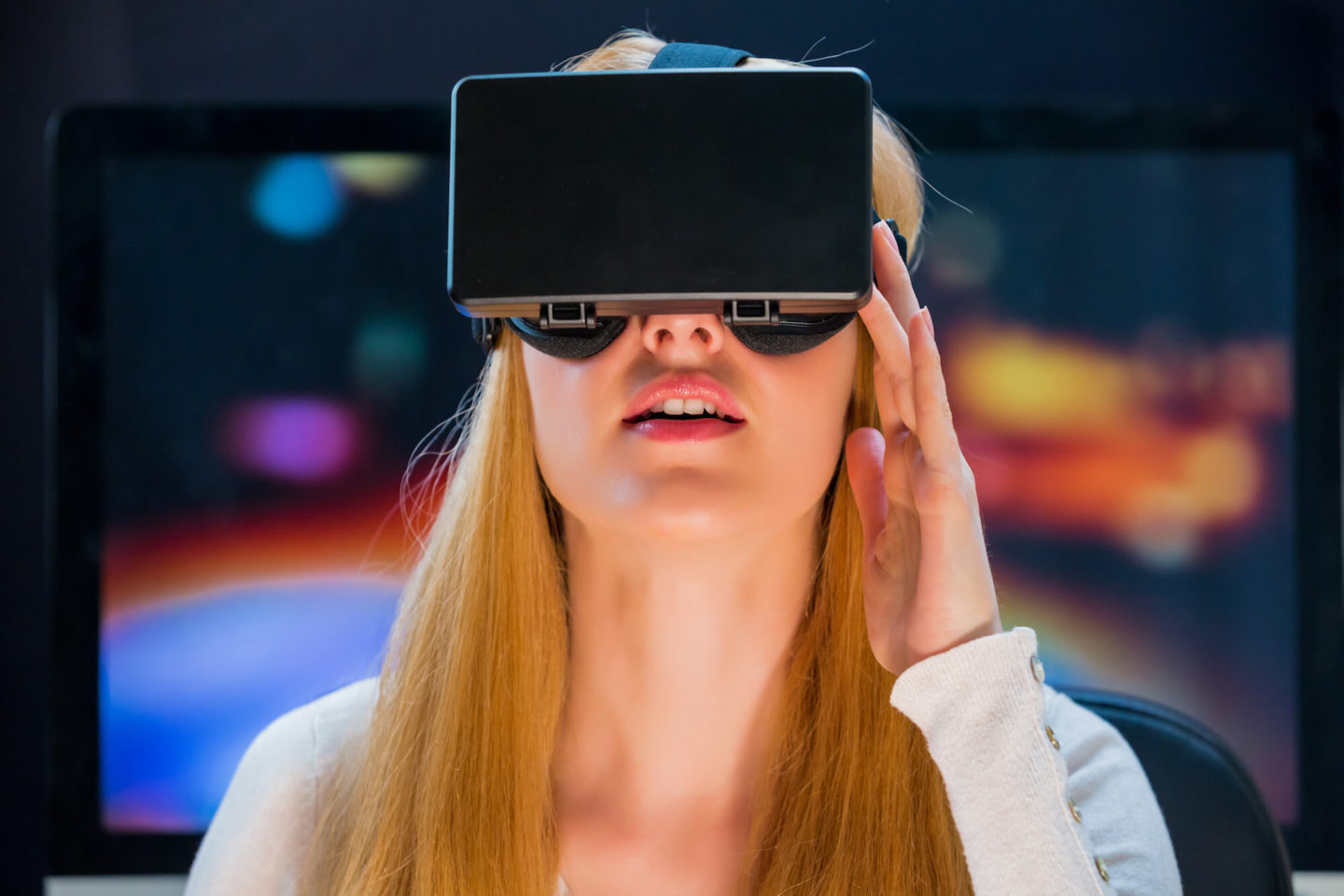Is virtual reality the next 3D TV? Like VR, it was hyped, pricey and consumers didn’t care
NEW YORK—Virtual reality risks going the way of 3D TV, namely nowhere.
VR almost certainly has a brighter upside in the home than 3D ever had. And yet the unflattering parallels between 3D TV and VR appear all too real. Hyped VR efforts are off to a tepid start at best, raising the stakes for industry executives banking on a better long-term outcome.
Recall that at the beginning of this decade, many of the largest companies in the tech and entertainment industries trumpeted three-dimensional television as a newly-immersive showpiece for your home theater, a promise to put you right smack into the center of the action.
The stampede to 3D glory in the living room never happened. Consumers back then were reluctant to spend for higher-priced TVs. There was little fresh content. Viewers balked at having to wear funky eyeglasses.
Fast-forward to today, and you see similar impediments with virtual reality. The most engaging VR consumer systems currently available—the Oculus Rift, HTC Vive and Sony PlayStation VR—are not only pricey, but also complicated to set up. For now, anyway, these must be tethered to expensive computers or, in Sony’s case, a PlayStation video game console.
Killer content has been MIA. And yes, you’ve got to wear a large contraption around your noggin. Uncomfortable head gear makes some people feel sick, fatigued, or trapped in isolation.
“This is VR 1.0,” Andrew House, the CEO of Sony Interactive Entertainment, told USA TODAY in June.
“We’ve got to remove this friction,” agrees Alex Kipman, technical fellow at the operating systems group at Microsoft, which is pursuing a “mixed reality” strategy, blending VR with elements from a different immersive tech, augmented reality (or AR).
The range of VR products along the consumer spectrum deliver very different levels of immersion. At the most basic end are cheap Google Cardboard viewers used with smartphones, which merely provide consumers with a glimpse into the tech’s possibilities.
A better experience, though not one without flaws, comes with step-up mobile headgear, notably Google’s Daydream, and Samsung’s Gear VR, which incorporates Oculus tech. These work with a limited set of smartphones.
Microsoft’s approach, trickled down from its enterprise-focused HoloLens solution, is to bring out $299-plus virtual reality bundles starting in October, with goggles that are tethered to more mainstream PCs. Hardware partners include HP, Lenovo, Dell, Acer and Asus.
And then there’s the Vive, Rift or PlayStation VR, which while providing the most vivid experiences, also bring the most challenges. But they require expensive gaming computers or consoles and are yoked to them — all downsides for consumers. PC prices typically cost well north of $1000.
The upshot: prices have been cut, demand has weakened and analyst forecasts slashed.
Still, SuperData Research predicts consumer revenues for the virtual reality market will reach $28.3 billion in 2020, up from $1.8 billion in 2016.
What to watch?
Getting people to sample quality VR is one hurdle. Only about one-third of consumers between 18 and 64 have tried VR, according to research by the Magid consulting firm. But there’s also reason for optimism in the numbers: 84% of those who’ve used VR on a mobile device would recommend the technology to others; 86% of those who’ve used it on a PC or console would do the same.
Netflix VR and Minecraft VR are among the most used apps so far, according to Magid’s research.
Facebook, Google, Samsung, Sony, and HTC are among the bigtime believers, best evidenced by the $3 billion Facebook paid to acquire Oculus in 2014.
Read more from USA Today here.
